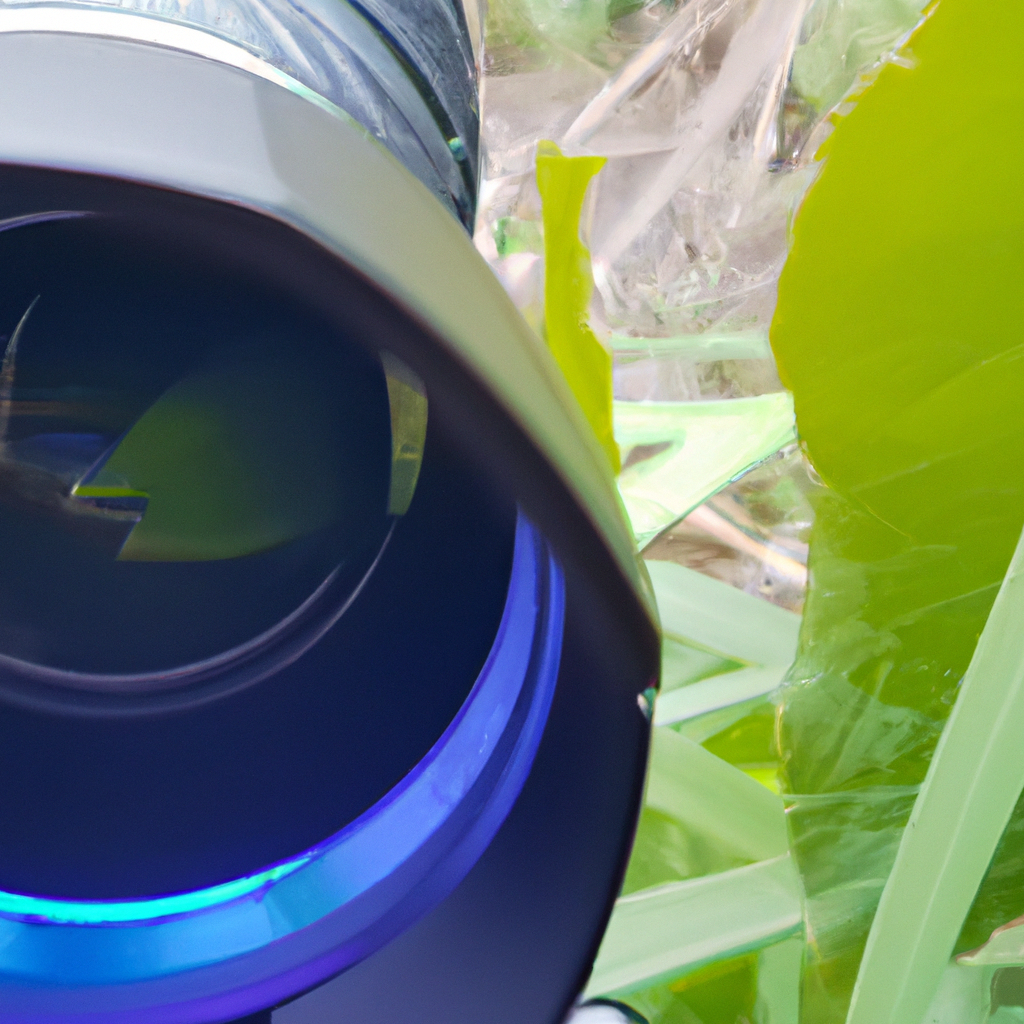Macro and micro photography are two terms that are often used interchangeably, but they actually refer to two different types of close-up photography. Understanding the differences between these two types of photography can help you choose the right equipment and techniques for your needs. In this article, we will explore the differences between macro and micro photography, and provide tips and techniques for each.
What is Macro Photography?
Macro photography refers to the practice of taking close-up photographs of small objects or details. The term “macro” technically refers to photographs that are taken at a 1:1 ratio or greater, meaning that the size of the object in the photograph is the same size or larger than it is in real life. However, the term is often used more broadly to refer to any type of close-up photography, even if it does not meet this strict definition.
Macro photography is often used to capture the intricate details of small objects, such as flowers, insects, and jewelry. To achieve this, photographers often use special macro lenses that are designed to focus at very close distances. These lenses typically have a longer focal length than standard lenses, which allows them to magnify the subject while maintaining a safe distance.
Tips for Macro Photography
– Use a tripod: When photographing small objects at close distances, even the slightest movement can cause your images to blur. Using a sturdy tripod will help to keep your camera steady and ensure sharp images.
– Use a small aperture: To achieve a greater depth of field and keep your entire subject in focus, use a small aperture (a high f-number) such as f/16 or f/22. However, keep in mind that using a small aperture will also require longer shutter speeds or higher ISO settings, which can increase the risk of camera shake or noise.
– Pay attention to lighting: When shooting small objects up close, lighting can make a big difference in the outcome of your images. Experiment with different lighting setups, such as using a ring light or diffused window light, to find the best lighting for your subject.
What is Micro Photography?
Micro photography, on the other hand, refers to the practice of photographing extremely small objects, such as cells, microorganisms, and other microscopic subjects. This type of photography requires specialized equipment, such as microscopes and specialized lenses, in order to capture images at extremely high magnifications.
Micro photography is often used in scientific and medical fields, as well as in research and development. It can provide insights into the workings of the natural world that would be impossible to see with the naked eye.
Tips for Micro Photography
– Use a microscope: To achieve high magnifications, you will need to use a microscope or other specialized equipment. Make sure that your microscope is properly calibrated and set up for the subject you are photographing.
– Use specialized lenses: Micro photography lenses are designed to work with microscopes and other specialized equipment. These lenses are often much smaller than traditional camera lenses and are optimized for high magnifications.
– Pay attention to lighting: As with macro photography, lighting is an important consideration in micro photography. Use specialized lighting setups, such as fiber optic illumination or LED ring lights, to achieve the best results.
In conclusion, macro and micro photography are two different types of close-up photography that require different equipment and techniques. Whether you are interested in capturing the intricate details of a flower or exploring the microscopic world of cells and microorganisms, understanding the differences between these two types of photography can help you achieve the best results. With the right equipment and techniques, you can capture stunning images that reveal the beauty and complexity of the natural world.







